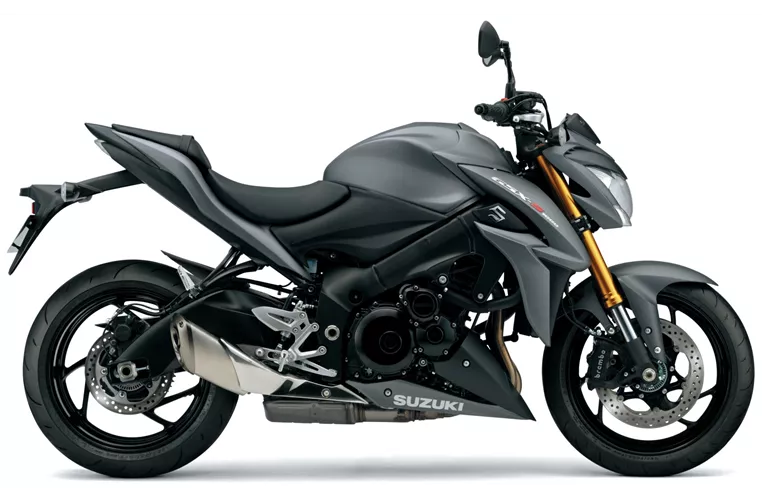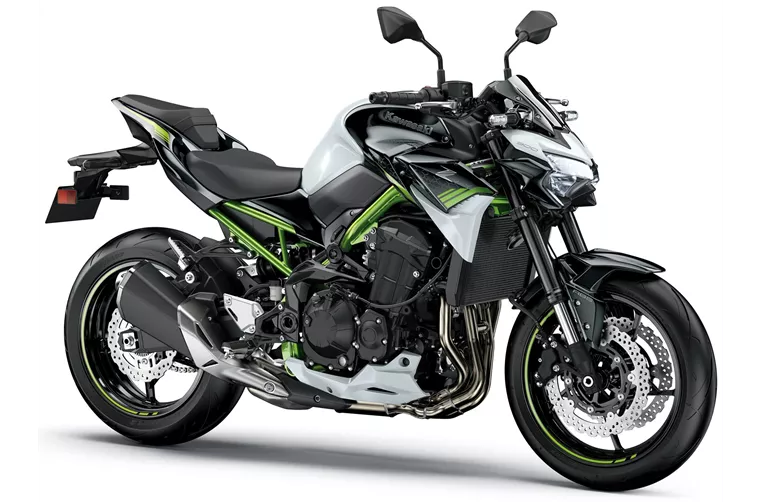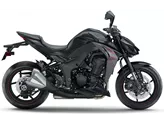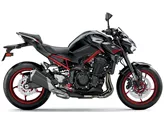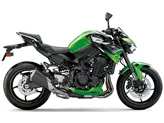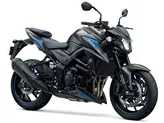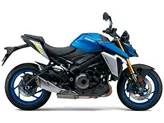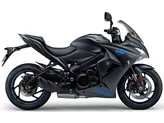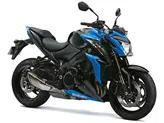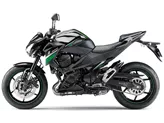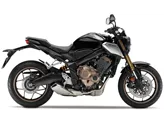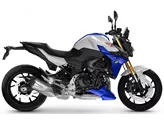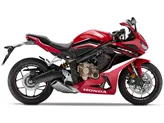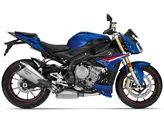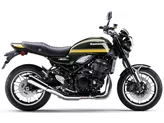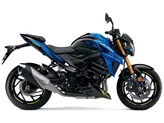Suzuki GSX-S1000 2016 vs. Kawasaki Z900 2020
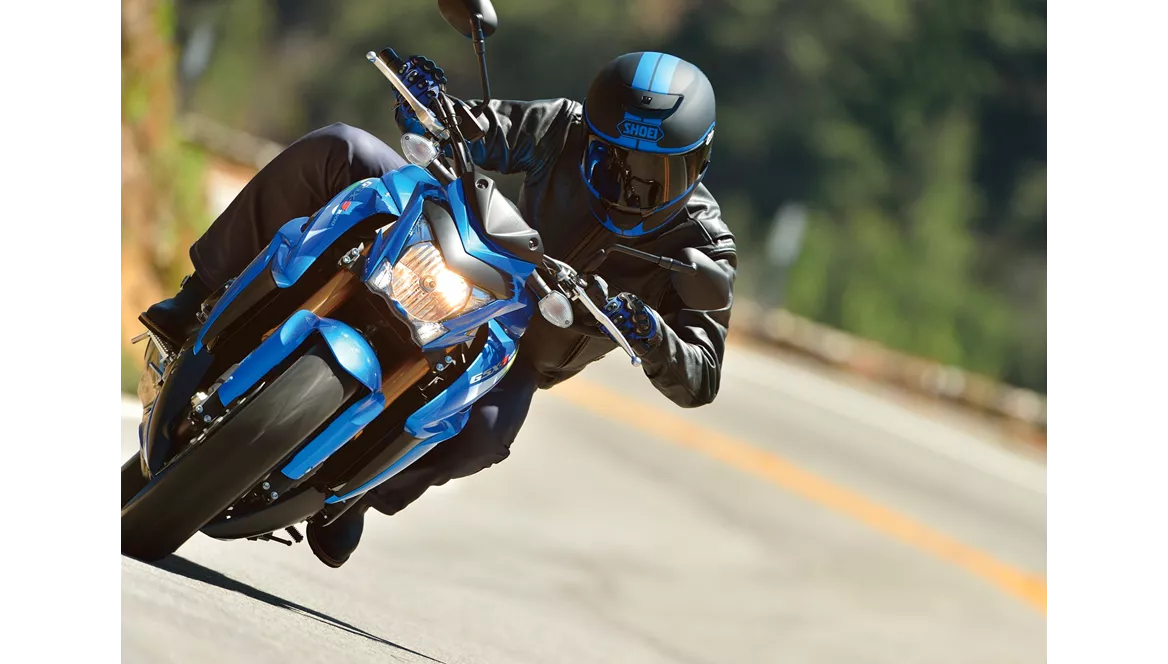
Suzuki GSX-S1000 2016
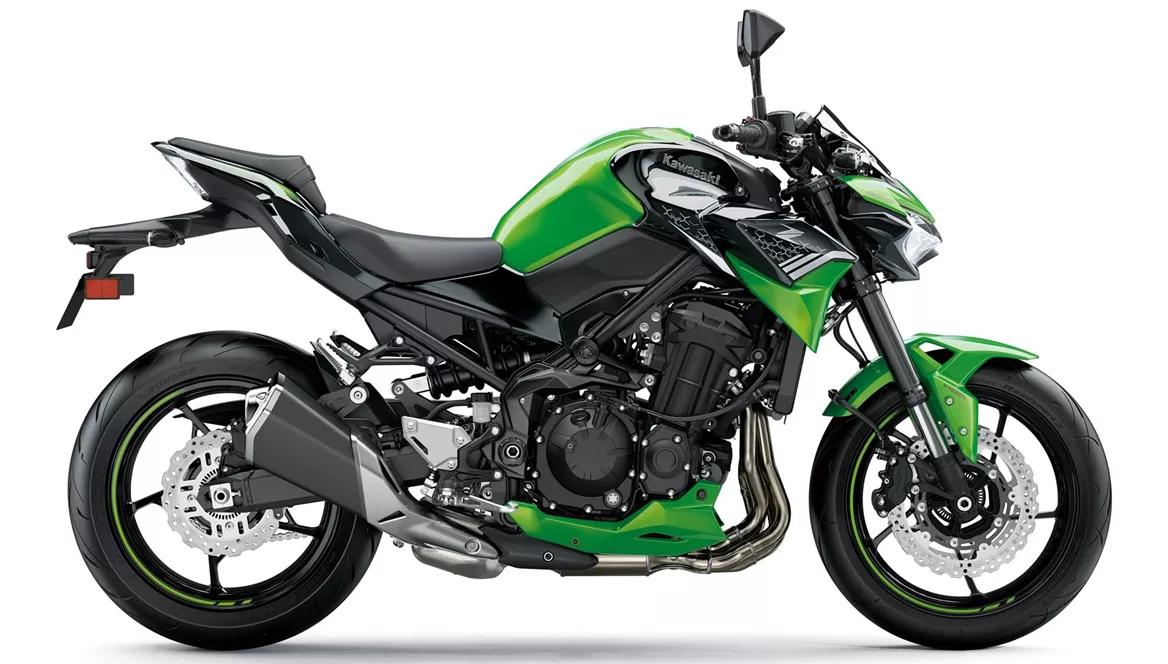
Kawasaki Z900 2020
Pregled - Suzuki GSX-S1000 2016 vs Kawasaki Z900 2020
The Suzuki GSX-S1000 2016 and the Kawasaki Z900 2020 are both naked bikes with similar engine types, in line four-cylinder engines. However, there are some notable differences between the two models.
In terms of engine power, the Suzuki GSX-S1000 2016 comes out on top with 149 HP, while the Kawasaki Z900 2020 falls slightly behind with 125.4 HP. The Suzuki also has a higher torque of 106 Nm compared to the Kawasaki's 98.6 Nm. These figures indicate that the Suzuki may offer a more powerful and responsive riding experience.
Both bikes feature fuel injection systems and liquid cooling, ensuring efficient and reliable performance. They also have the same number of cylinders, four, which contributes to their smooth and balanced power delivery.
In terms of suspension, both bikes feature upside-down telescopic forks at the front and swing arm suspension at the rear. The Suzuki offers more adjustability with compression, preload, and rebound adjustments for both the front and rear suspension, while the Kawasaki only offers preload and rebound adjustments. This means that the Suzuki may provide a more customizable and tailored riding experience.
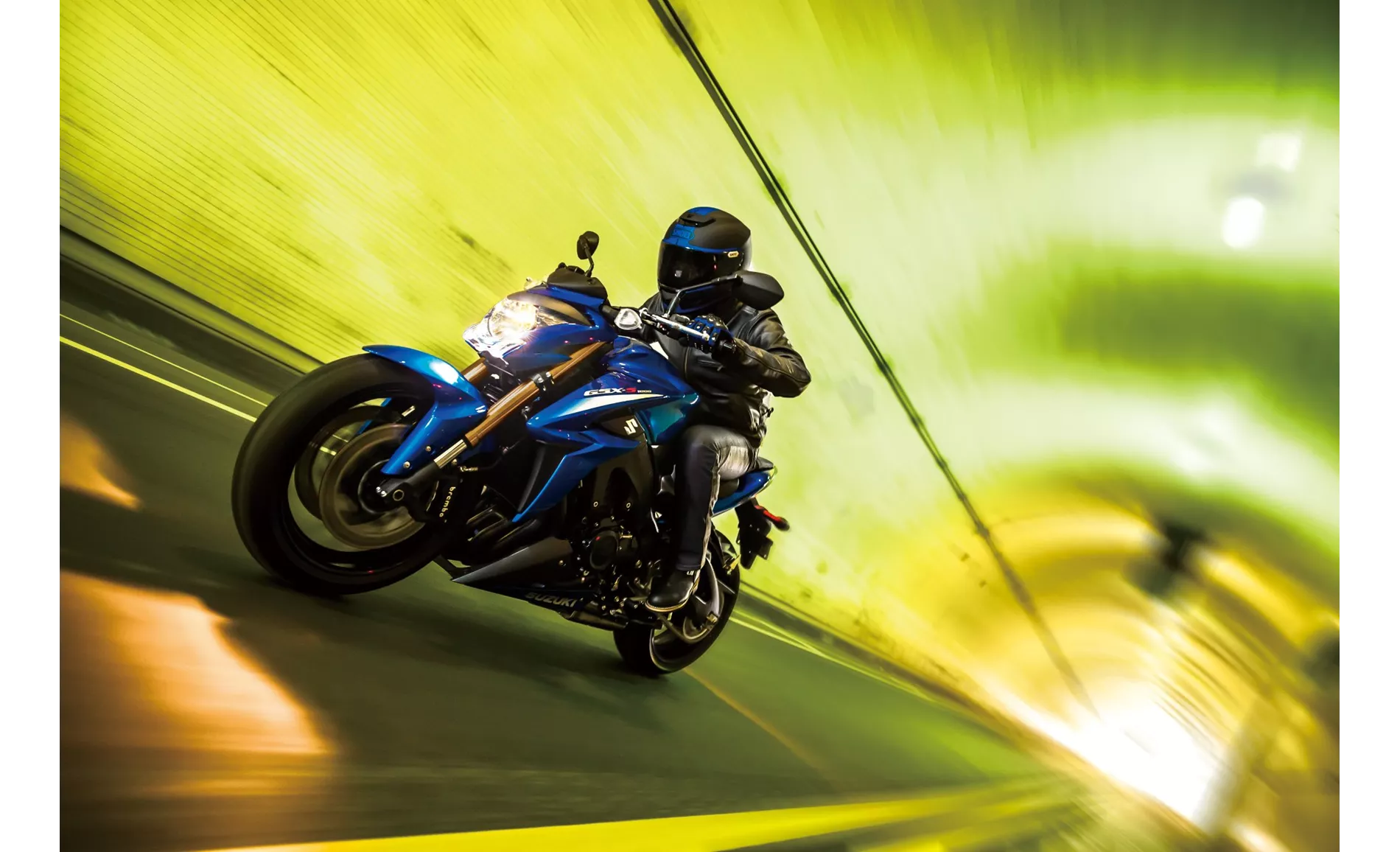
Suzuki GSX-S1000 2016
In terms of chassis, the Suzuki features an aluminum frame with a twin tube design, while the Kawasaki has a steel frame with a double cradle design. The choice of materials and frame design can affect the bike's weight, handling, and overall stiffness. However, without further information, it is difficult to determine which frame design is superior.
Both bikes have double disk brakes at the front with four-piston calipers, providing excellent stopping power. However, the Suzuki has larger front brake discs with a diameter of 310 mm, compared to the Kawasaki's 300 mm discs. The Suzuki also utilizes radial technology for its front brakes, which can enhance braking performance and feel.
In terms of rider assistance systems, both bikes are equipped with ABS. However, the Kawasaki Z900 2020 offers additional advanced rider assistance systems such as riding modes, ride by wire, and traction control. These features can enhance the bike's performance and safety in various riding conditions.
In terms of dimensions and weights, both bikes have similar front and rear tire widths and diameters. The Suzuki has a slightly longer wheelbase of 1460 mm compared to the Kawasaki's 1450 mm. The seat height of the Suzuki is also slightly higher at 815 mm compared to the Kawasaki's 795 mm. Both bikes have a similar kerb weight of around 210 kg with ABS.
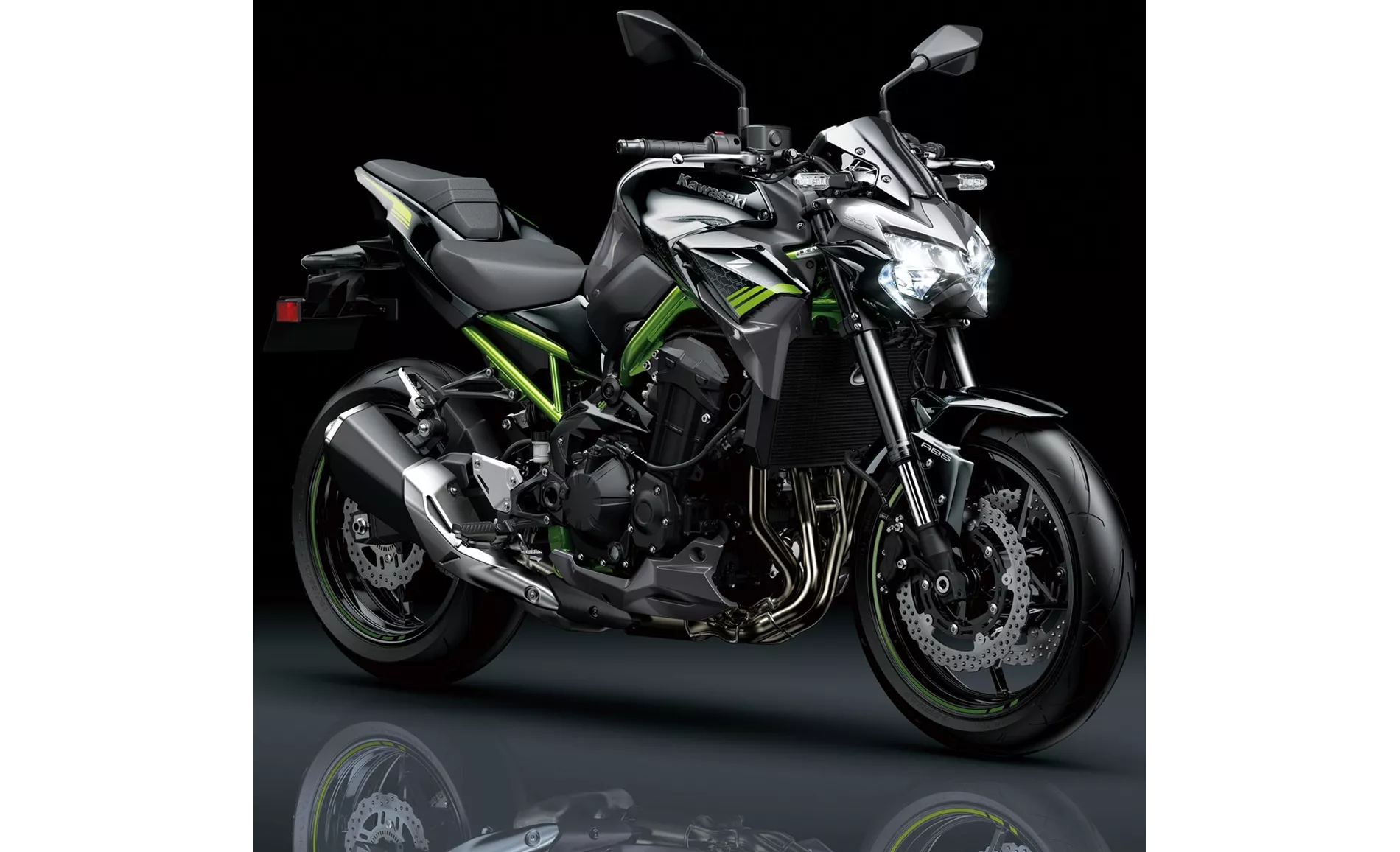
Kawasaki Z900 2020
In terms of strengths, the Suzuki GSX-S1000 2016 is praised for its powerful engine, good braking control, stable and sensitive chassis, comfortable seating position, and relatively low price. On the other hand, the Kawasaki Z900 2020 is commended for its powerful four-cylinder engine, great handling, good equipment, aggressive looks, and value for money.
However, the Suzuki GSX-S1000 2016 has been criticized for its front end appearance, which some may find too aggressive. It has also been noted that the throttle response in the lower rev range can be overly sensitive, potentially causing a jerky riding experience.
In comparison, the Kawasaki Z900 2020 has been criticized for its menu navigation, which some riders may find tiring or cumbersome to navigate. Additionally, it lacks the option for a quickshifter, which can be a desirable feature for some riders.
Overall, both the Suzuki GSX-S1000 2016 and the Kawasaki Z900 2020 offer powerful naked bikes with their own unique strengths and weaknesses. The choice between the two would ultimately depend on the rider's preferences and priorities.
Tehnične specifikacije Suzuki GSX-S1000 2016 v primerjavi z Kawasaki Z900 2020
Primerjava prednosti in slabosti
Primerjava prednosti in slabosti
Suzuki GSX-S1000 2016

Nekateri so morda presenečeni, da Suzuki po tako dolgem čakanju ni predstavil vrhunskega, brezkompromisno zmogljivega golega motocikla. Namesto tega se zdi Suzuki GSX-S 1000 s 149 KM skoraj preveč dobro vzgojen. A ko se z njim zapeljete na dirkališče, hitro ugotovite, da je motor v resničnem življenju veliko močnejši in da so tudi preostale zmogljivosti podvozja in zavornega sistema impresivne. V zameno ponuja tudi velik delež vsakdanje in praktične uporabnosti - kar ni slaba sestavina, ko morate z enim kolesom pokriti vse od vsakdana do dirkalne steze.
Kawasaki Z900 2020
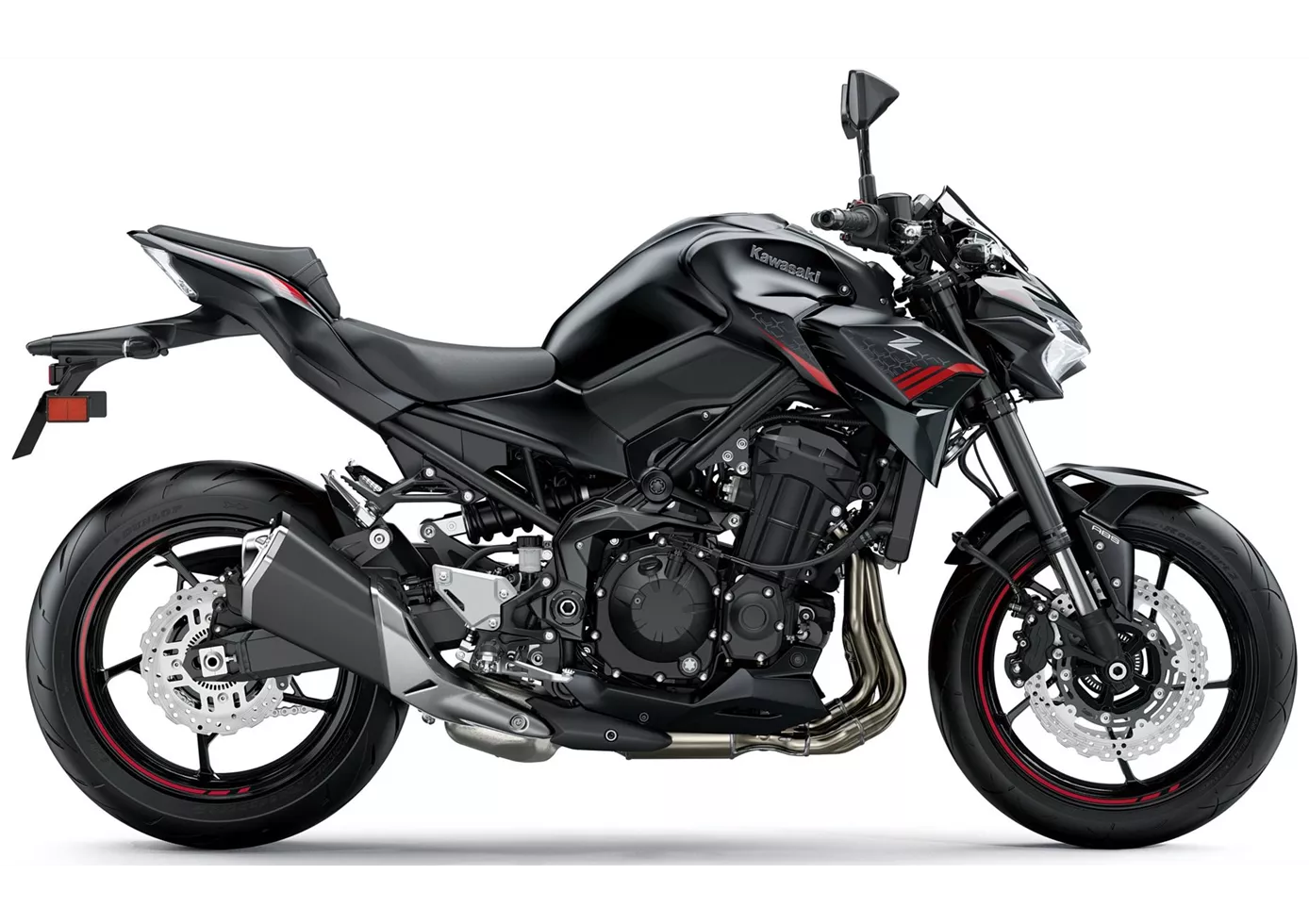
In terms of price-performance, the Kawasaki Z900 is hard to beat at the moment. With the perfectly tuned engine, the high-quality chassis components and the electronics added for 2020, this naked bike offers everything that sporty riders will be looking for. There is really nothing to complain about, even if the option of a quickshifter would have been a nice extra. Apart from that: great shot, Kawasaki!
Primerjava povprečnih tržnih cen Suzuki GSX-S1000 vs Kawasaki Z900
There are a few key differences between a Suzuki GSX-S1000 2016 and a Kawasaki Z900 2020. In terms of price, the actual average price of a Kawasaki Z900 2020 is about 2% higher. Compared to Kawasaki Z900 2020 there are less Suzuki GSX-S1000 2016 bikes available on the 1000PS.de Marketplace, specifically 10 compared to 34. It takes less time to sell a Suzuki GSX-S1000 with 109 days compared to 124 days for a Kawasaki Z900. Since model year 2015 1000PS.de editors have written 36 reviews for the Suzuki GSX-S1000 and 46 reviews for the Kawasaki Z900 since model year 2017. The first review for the Suzuki GSX-S1000 was published on 9/27/2014 and now has more than 17,100 views. This compares to more than 93,200 views for the first review on Kawasaki Z900 published on 11/11/2016.
